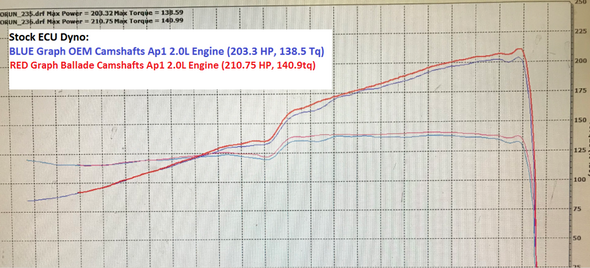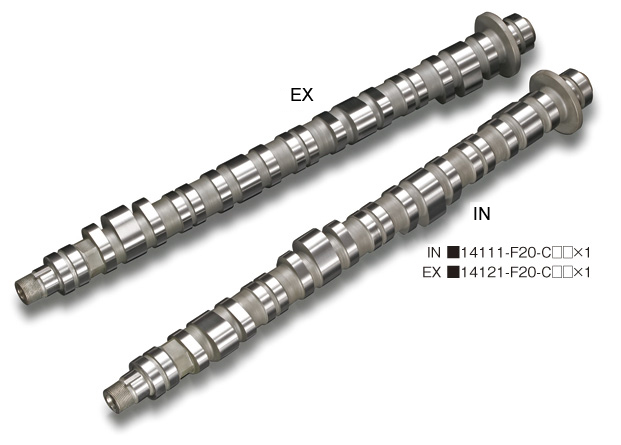Necesito saber los siguientes datos de los árboles de levas de serie de un MY01:
- Momento de apertura de las válvulas de admisión (en grados APMS -Antes del Punto Muerto Superior-, BTDC para Deibito), tanto de las levas no-VTEC como de la VTEC.
- Momento de cierre de las válvulas de admisión (en grados DPMI -Despues del Punto Muerto Inferior-, ABDC) también para ambas levas.
- Momento de apertura de las válvulas de escape (en grados APMI - Antes del Punto Muerto Inferior-, BBDC) para ambas levas.
- Momento de cierre de las válvulas de escape (en grados DPMS -Despues del Punto Muerto Superior-, ATDC) también para ambas levas.
La duración no hace falta porque la estimaré de esos datos y la alzada está en el manual.
Del sistema de encendido necesito saber cuantos dientes tienen los discos de los sensores de posición del cigueñal y del árbol de levas. Que diente se considera significativo y en que evento (comienzo o final del diente). Y si puede ser como se sincronizan. Es decir, cuantos dientes pasan de cada sensor y que posición representa el punto muerto superior, el punto muerto inferior y en el del árbol de levas el momento de apertura de las válvulas de admisión (Vtec y no-Vtec)
No pido mucho pero cuando lo hago, con dos cojones
Un saludo.
Editado por Touge Master, 15 diciembre 2008 - 18:26:35.





























